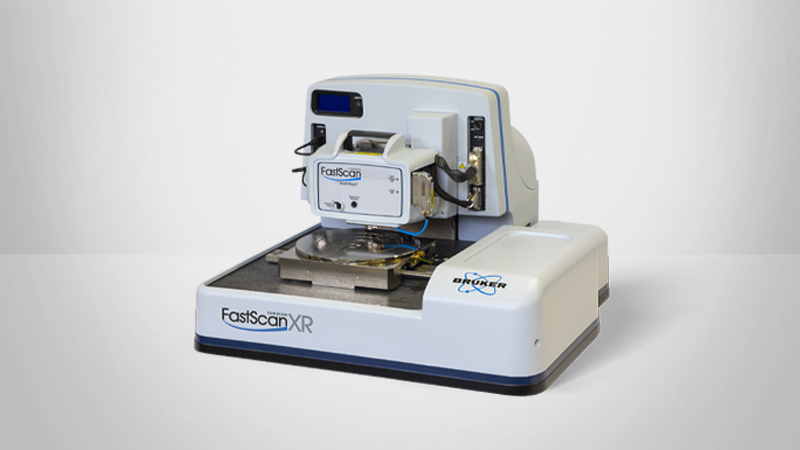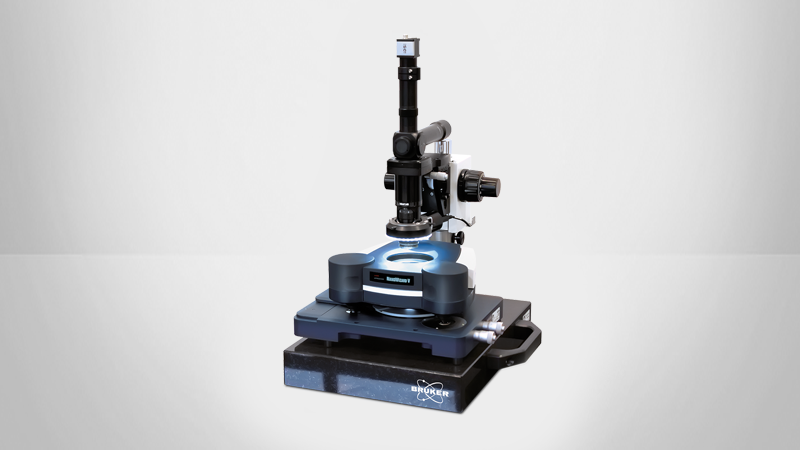AFM Materials Journal Club
Top articles using Bruker's AFM technology delivered direct to your inbox.
Our Journal Club is meant to be a helpful tool that keeps you up-to-date on the newest in Atomic Force Microscopy research and to assist you in discovering articles you may have missed.
Members of our AFM Journal Club receive brief reviews of select papers and direct links to the full article.
OTHER ARTICLES RECENTLY REVIEWED INCLUDE:
- In situ imaging of the three-dimensional shape of soft responsive particles at fluid interfaces by atomic force microscopy by Jacopo Vialetto et.al. | DOI: 10.1126/sciadv.abq2019
- Experimental determination of the lateral resolution of surface electric potential measurements by Kelvin probe force microscopy using biased electrodes separated by a nanoscale gap and application to thin-film transistors by Louis Giraudet et.al. | DOI: 10.1039/D1NA00824B
- Correlative AFM and Scanning Microlens Microscopy for Time-Efficient Multiscale Imaging by Haibo Yu et.al | DOI: 10.1002/advs.202103902
... and many more.









